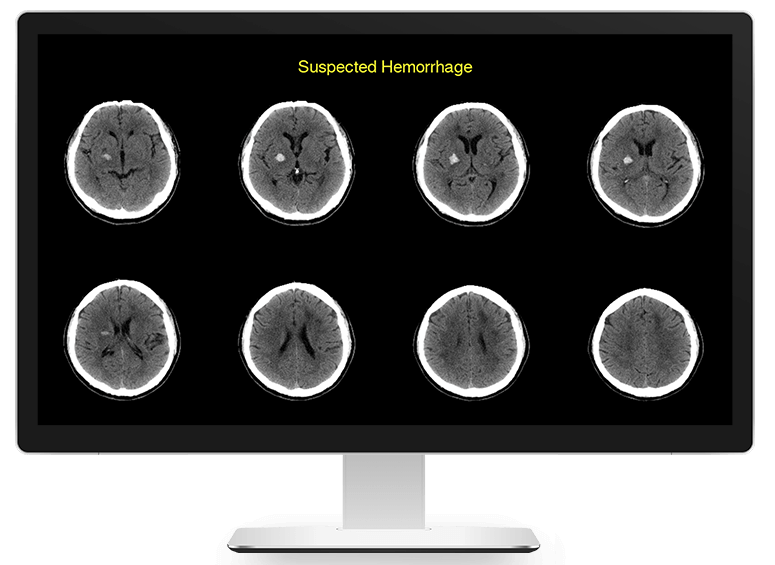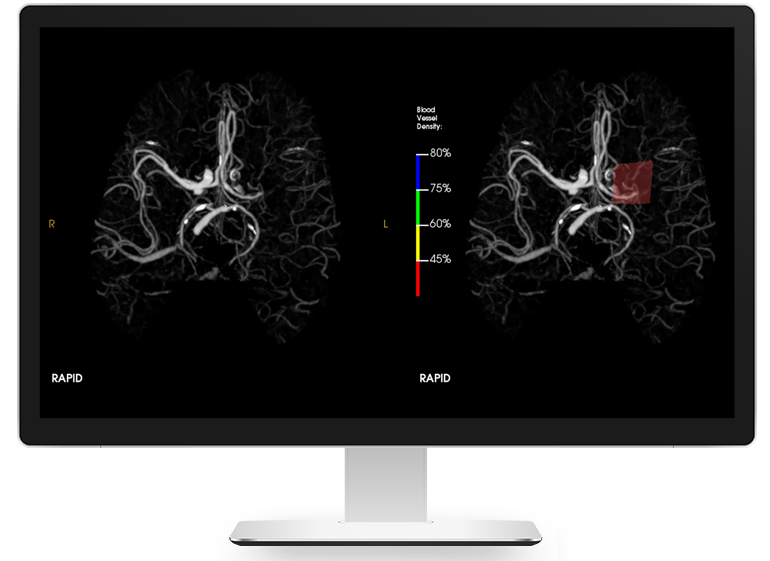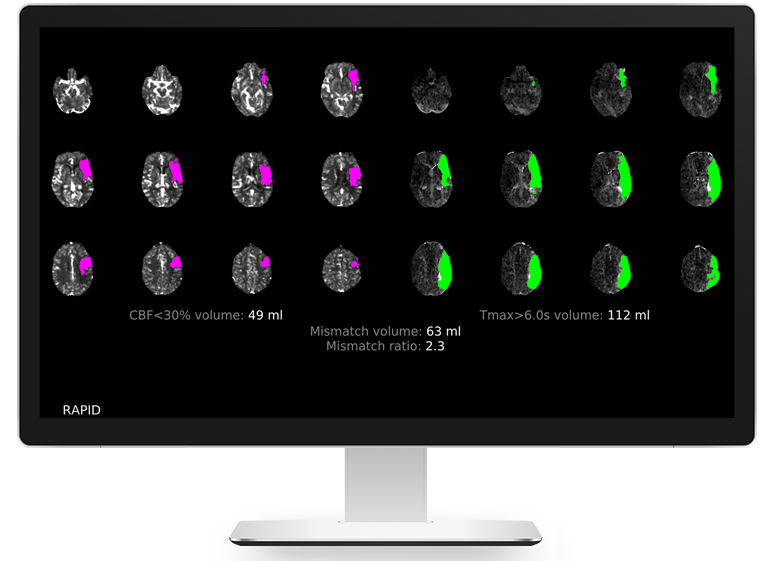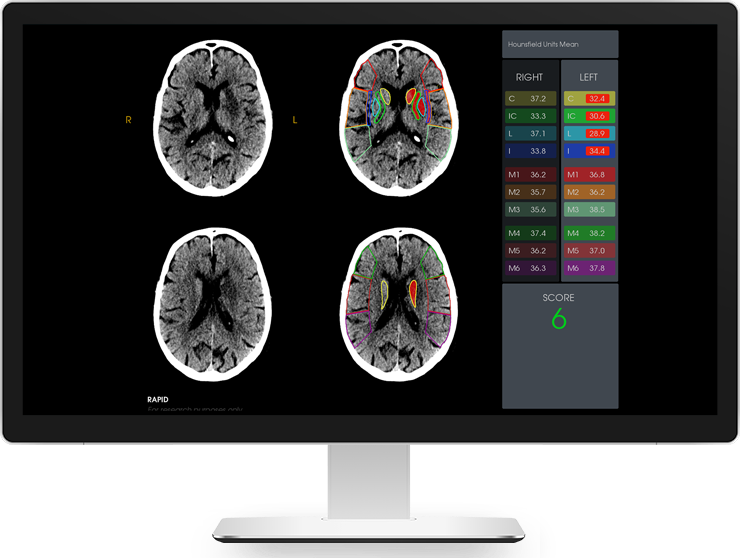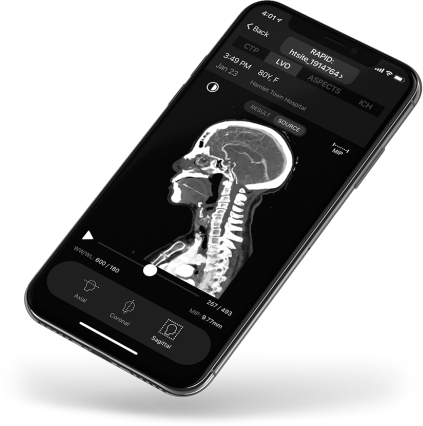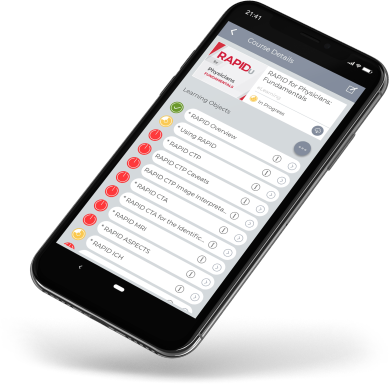
Based on recent clinical trial data, the American Heart Association (AHA) and the American Stroke Association (ASA) have issued updated guidelines for the early management of patients with acute ischemic stroke. These guidelines call for improved imaging protocols that rapidly identify patients with a high likelihood of large vessel occlusion (LVO) and help clinicians make better-informed transfer decisions. One of the easiest ways to achieve this is for your healthcare facility to implement advanced cerebrovascular imaging software.

















.svg)
